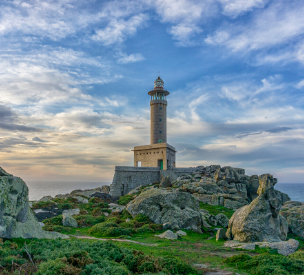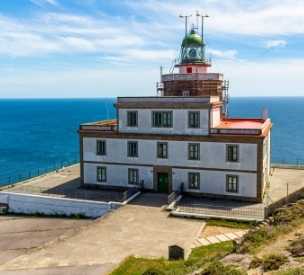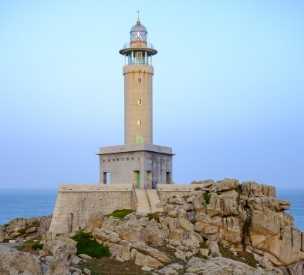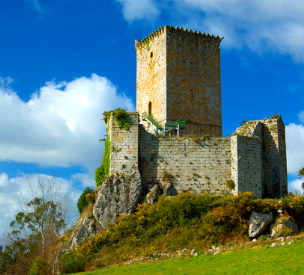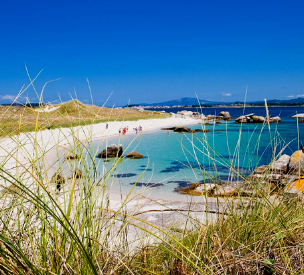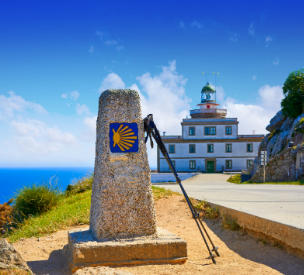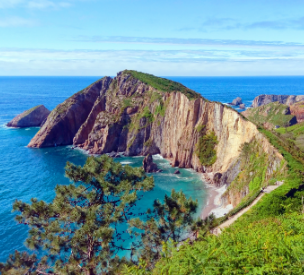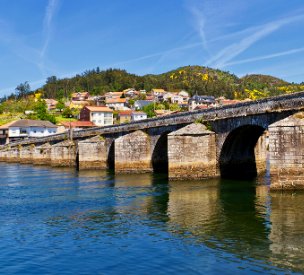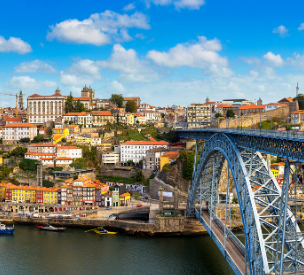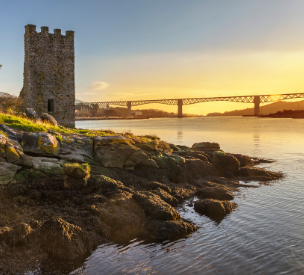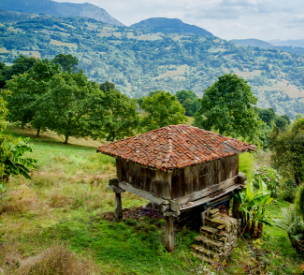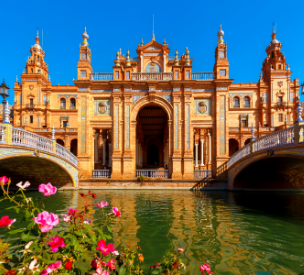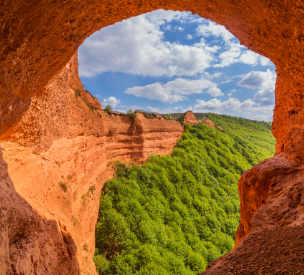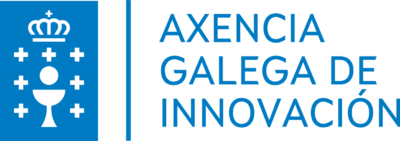Way of the lighthouses
Do you remember the last time you felt the urge to shout from the mountaintops? When was the last time you felt completely free? If hiking fills you with joy and makes your senses come alive, then you will love the Way of the Lighthouses. It is not just a trail—it is an experience that delights your senses: colorful nature, the smell and taste of the salty sea, the soft touch of sand, and the gentle sound of the ocean breeze. This is the Camino de los Faros, where every moment is pure magic.
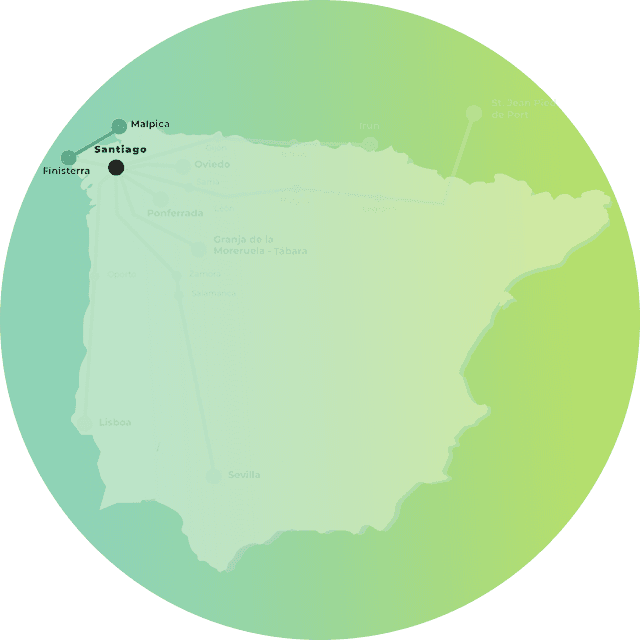
The Way of the Lighthouses and The Camino de Santiago
All the information about The Lighthouse Way
Why choose the Way of the Lighthouses?
The Way of the Lighthouses, known in Galician as “O Camiño dos Faros,” is a rugged hiking route connecting the towns of Malpica de Bergantiños and Finisterre, from north to south, in the A Coruña region of the “Costa da Morte” (Coast of Death in English). It operates on two main premises: running as close to the sea, specifically the Atlantic Ocean, and passing by all the lighthouses along the route. A third premise relates to safety, ensuring that the path avoids inaccessible or hazardous coastal stretches.
The Way of the Lighthouses spans 200 kilometers of rugged trails, with the ocean usually on the right, to the west, providing a comforting sound of waves. But it’s not just about the sea; it includes forests, mountains, beaches, and more. Let’s explore this unique trail, which oddly awaits approval as a long-distance footpath (GR).
What to see and do on the French Camino de Santiago?
- Royal Collegiate Church of Roncesvalles
- Romanesque Bridge of Puente La Reina
- Monastery of Santa María la Real in Nájera
- Burgos Cathedral
- Church of San Martín de Frómista
- Cathedral of León
- Episcopal Palace of Astorga
- Templar Castle of Ponferrada
- Ethnographic group of O Cebreiro
- Benedictine Monastery of Samos
- Ruins of the ancient village of Portomarín
- Cathedral of Santiago de Compostela
Where to start the Way of Lighthouses?
From Malpica
The Camino de los Faros starts in the fishing village of Malpica. Whether you complete the entire route, approximately 200 km over eight stages, or just the first four stages covering about 92 km, your adventure will begin here.
This route is unparalleled and will offer you the constant sound and freshness of the Atlantic Ocean, along with the wildest landscapes in the most mythical area of Galicia, the Costa da Morte.
From Arou
Starting in this small fishing village, you will enter the heart of the Costa da Morte and enjoy walking along its rugged coastline. Here, you will encounter ancient sacred places such as Punta da Barca in Muxía and, of course, the great culmination, which is the end at the Finisterre Lighthouse.
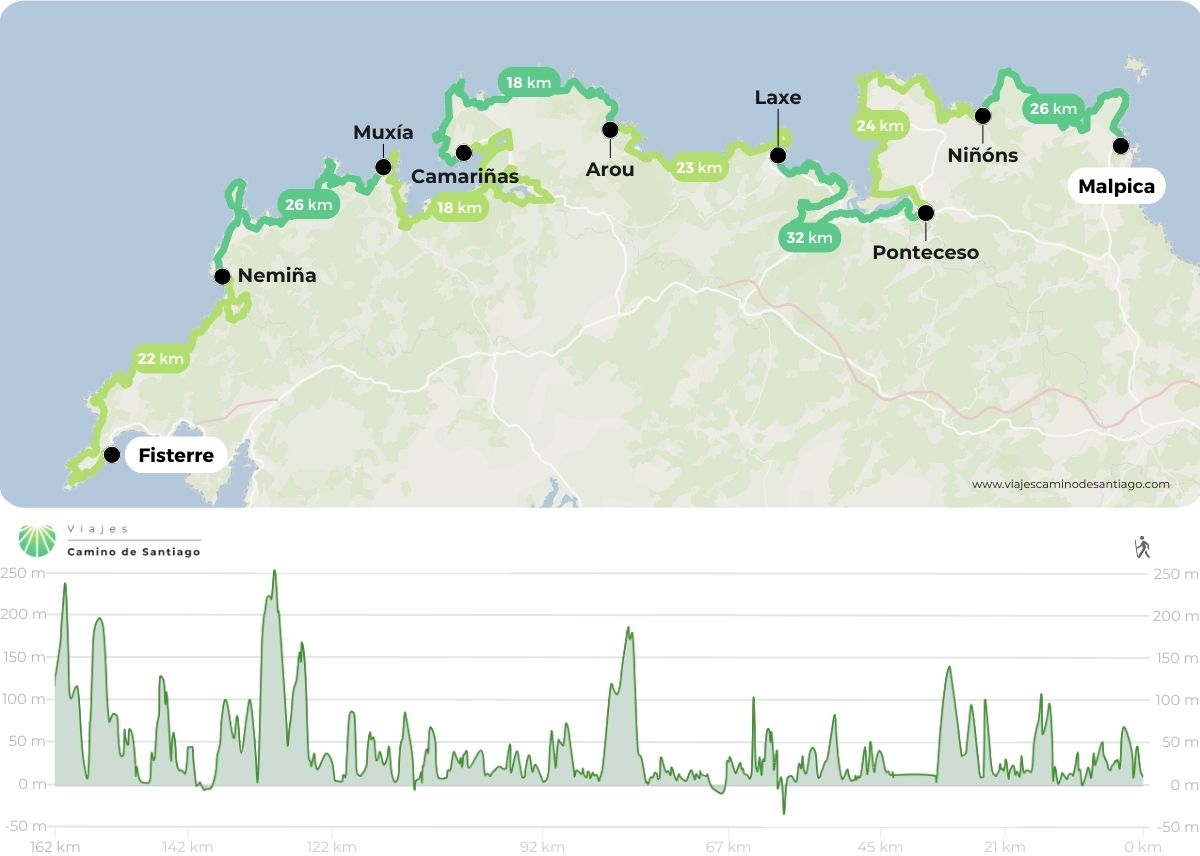
Stages of the Way of the Lighthouses
History of the Camino de los Faros
On Friday, December 7, 2012, six hikers and two dogs went crazy because they came up with the idea of joining Malpica de Bergantiños with Finisterre by walking along the edge of the sea. And they succeeded, they really did. Their goal was to connect both towns in the heart of the “Costa da Morte”, parallel to the ocean and with the lighthouses as a link. They knew it could be done, although they were aware that it would be difficult, but they also knew it would be worth it. And so, on Saturday, January 26, 2013, they reached Cape Finisterre, the ancient Finis Terrae or End of the World known in Roman times, and its mythical lighthouse.
These friends, self-styled “trasnos”, in reference to those little mischievous elves belonging to the Galician mythological culture, with equivalents in other parts of Spain and the world, achieved their goal and set another one: that this way exists and persists, and that many people walk it, always respecting nature to the maximum. In an exercise of generosity and love for the land, they decided to make it known, but for this, the “trasnos” would need to improve the route, which they did on a second trip.
Thus, a collaborative will was added to this project, and through social networks, they were able to convene 23 new “trasnos” to make the first stage, and after this experience, they understood the concern of the first “trasnos” and fell in love with this route. In the following group editions, they completed the rest of the stages, always supported by a warm response from new “trasnos”. We want to do our bit, and we are eager to introduce you to this Camino de los Faros.

